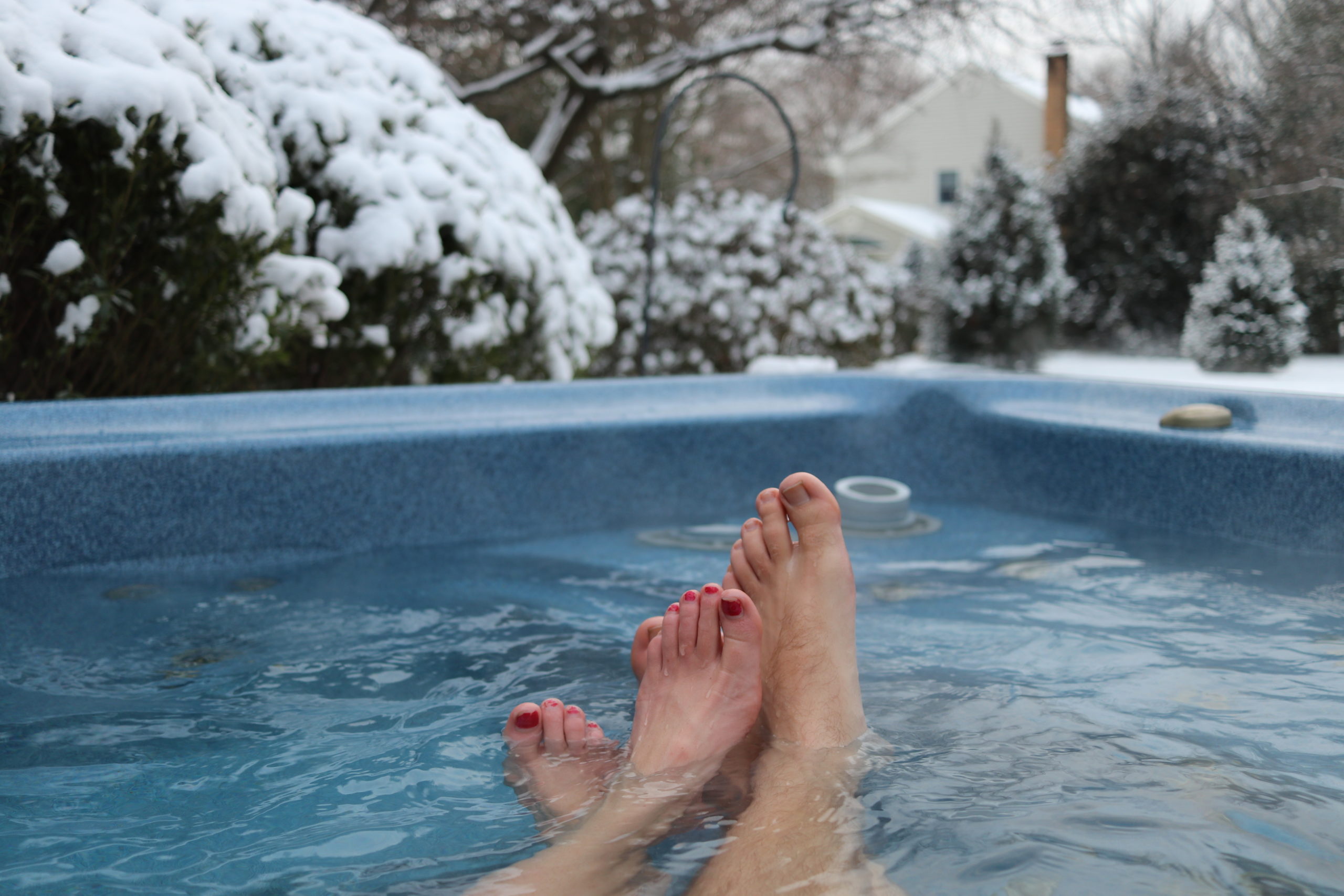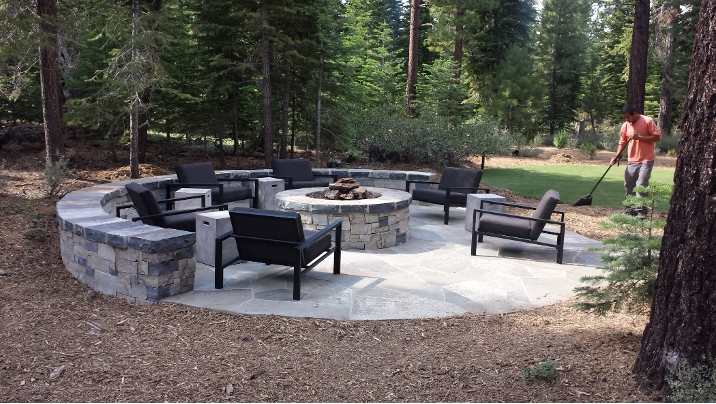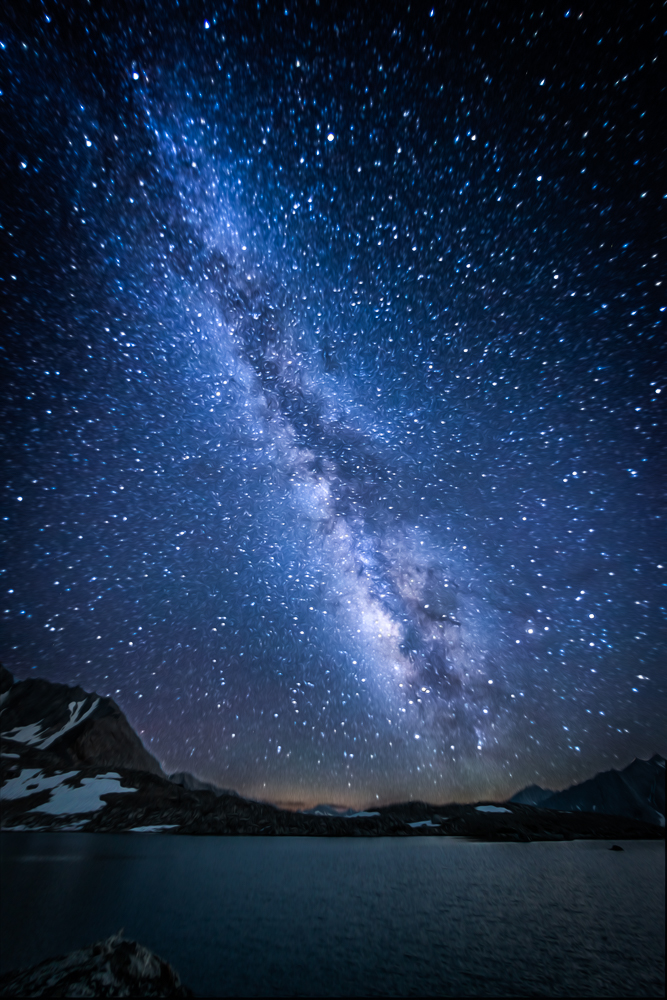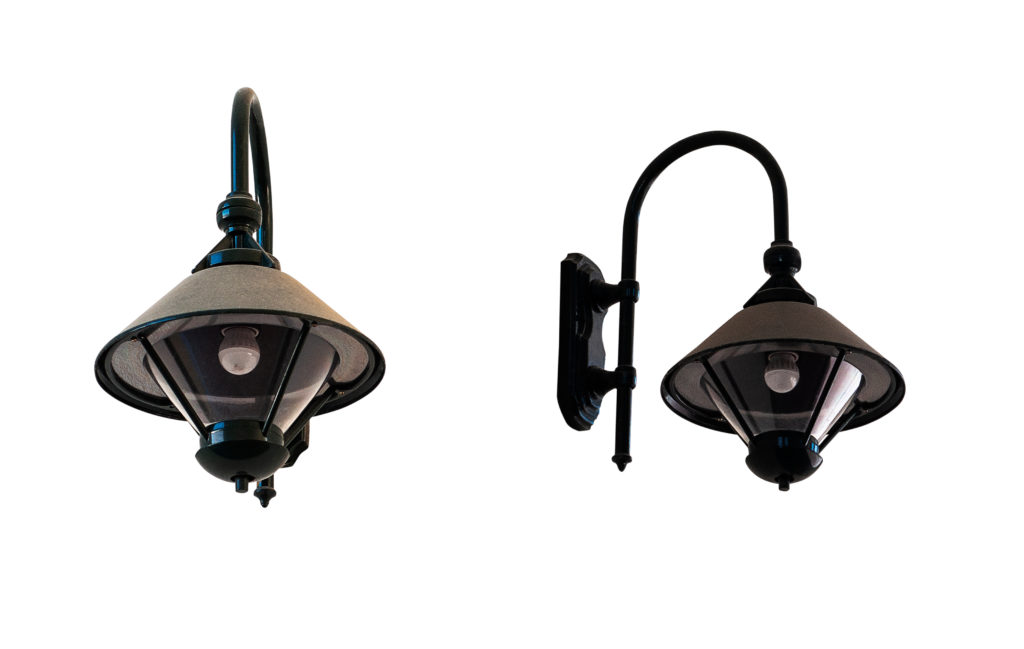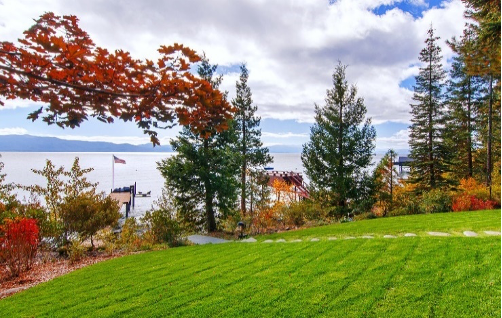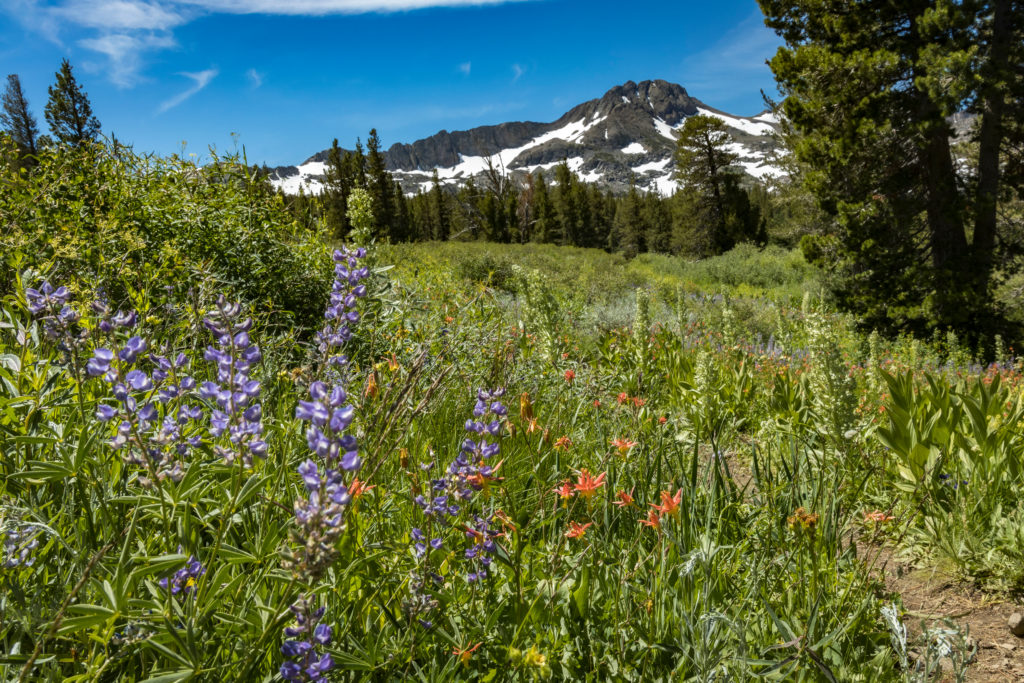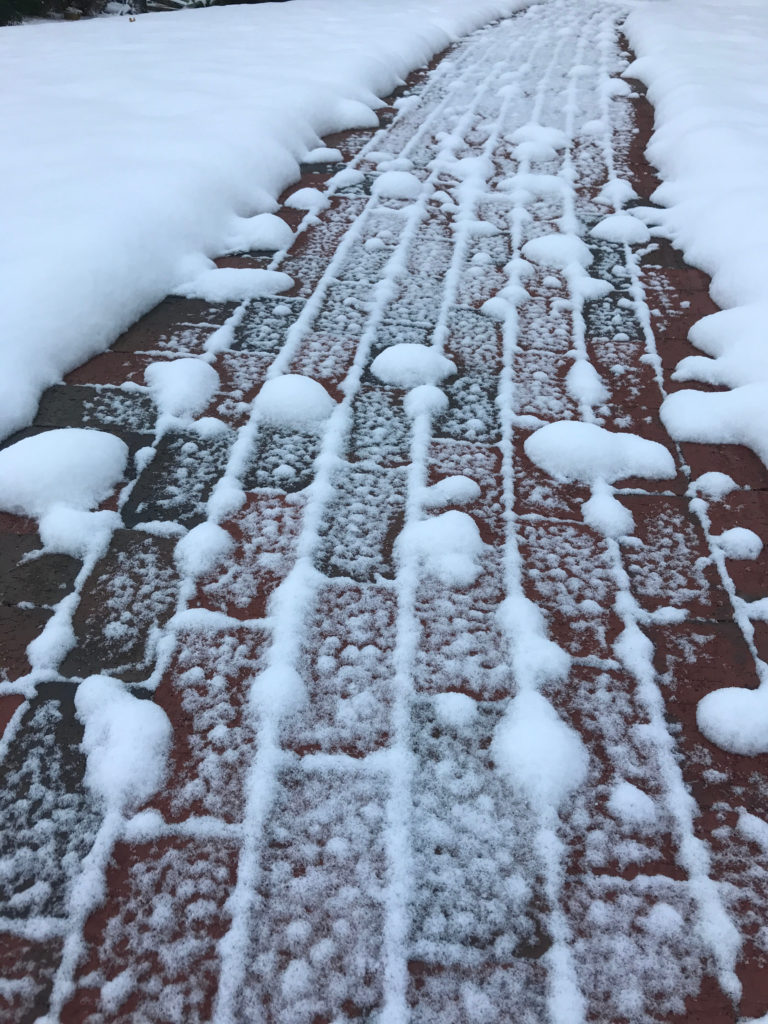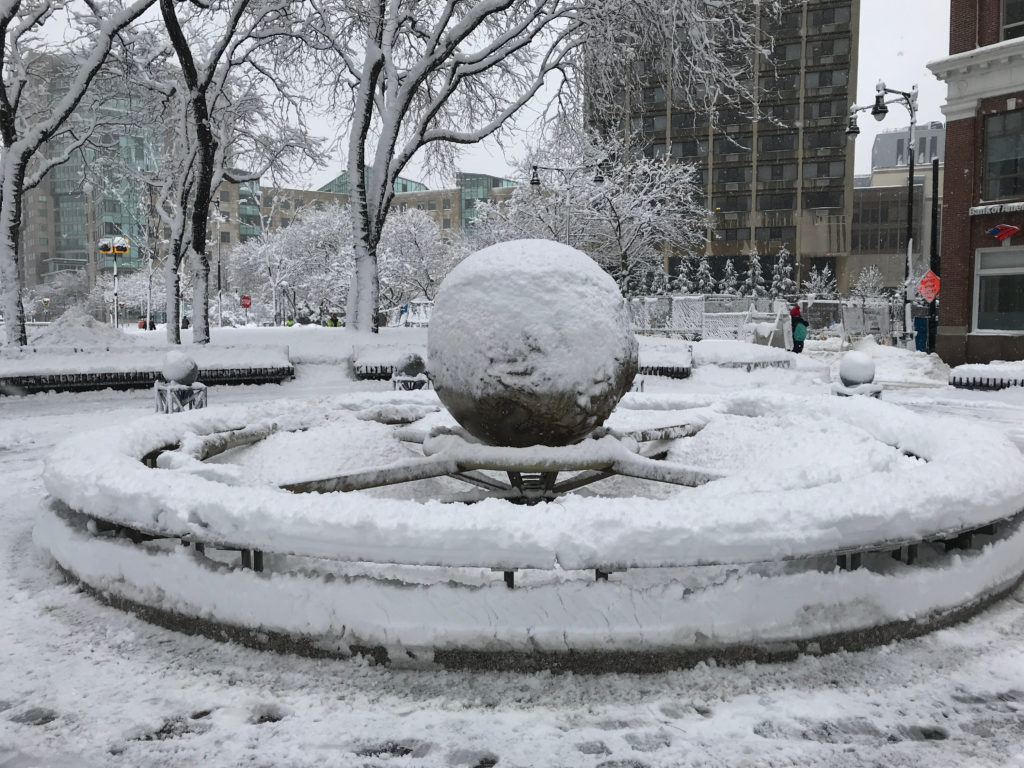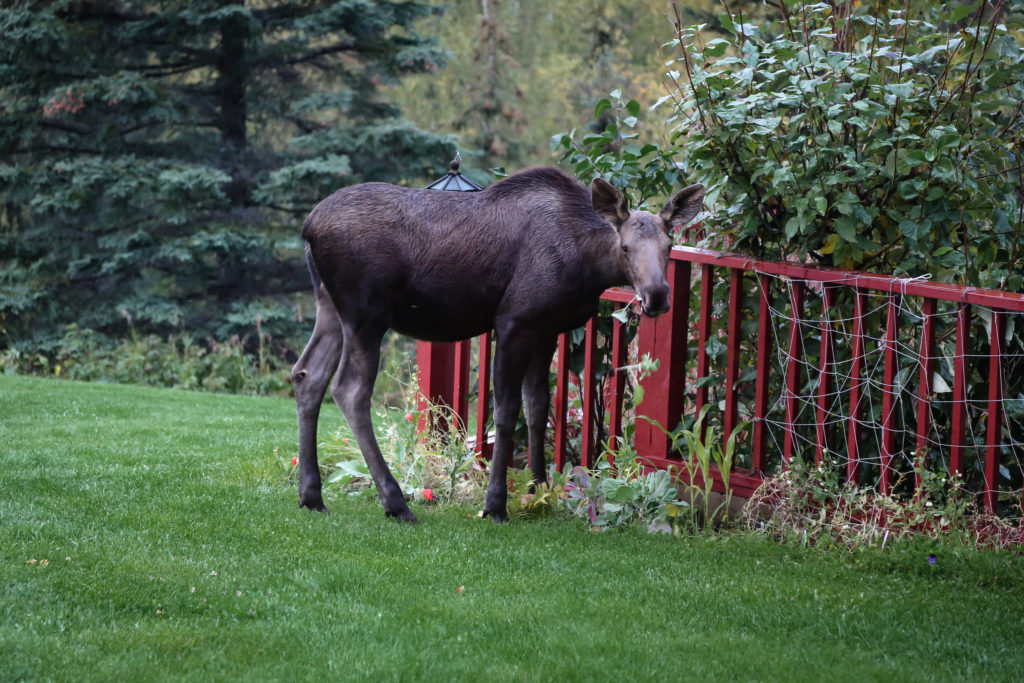Landscape Planning and Design in Mountain Environments IS Different! – Part Five
In some ways Landscape Design in warmer climates is similar, but in many ways, it is VERY Different! A number of factors play into the planning and design of mountain landscaping. Following are areas where the differences affect design and planning so that Mountain Landscape Projects can not only survive but thrive. In Part Five […]
Read More

